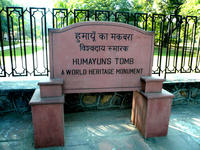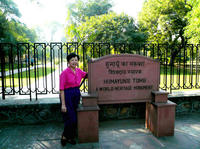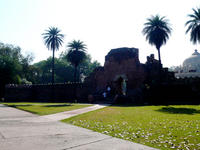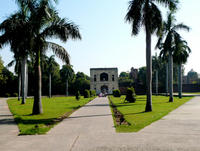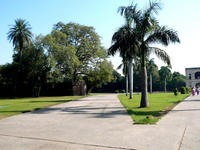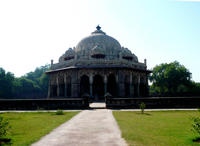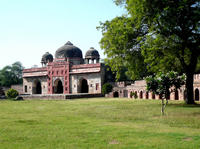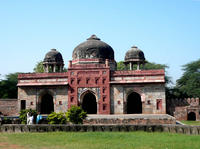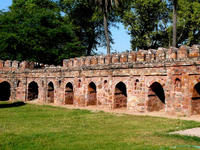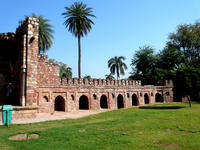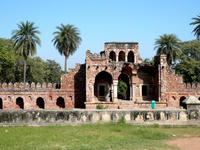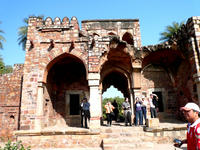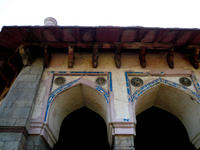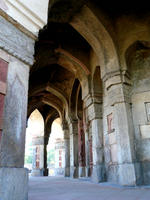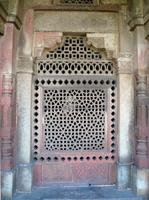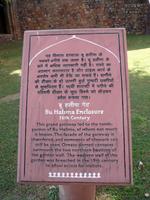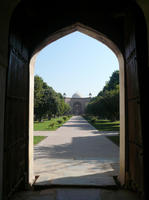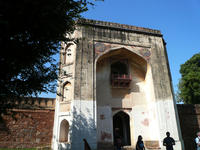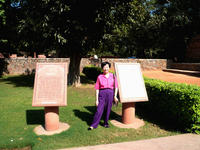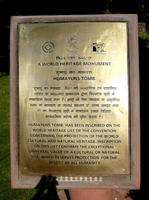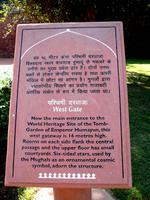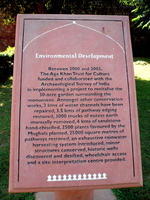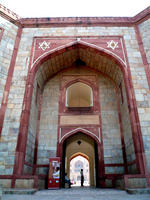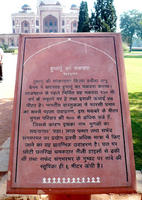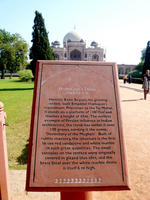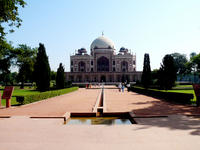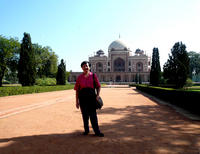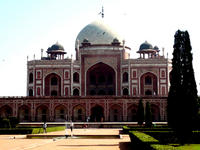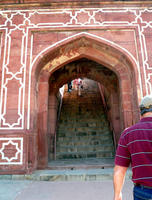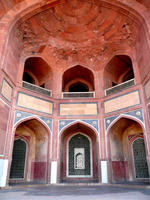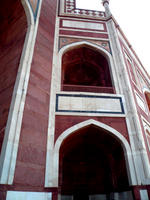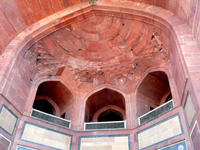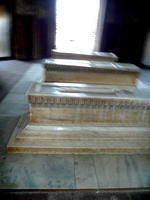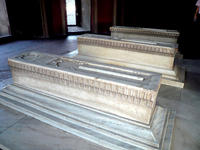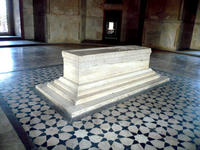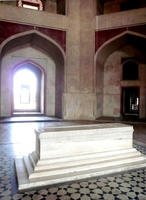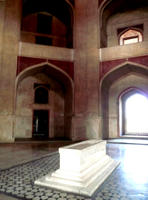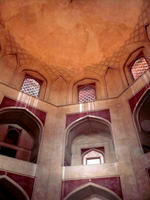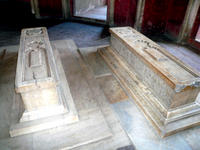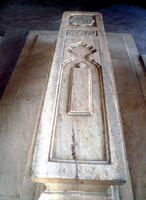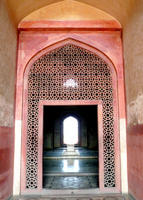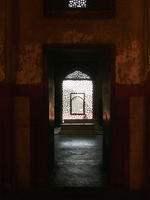You are in: Asia -> India -> Humayun's Tomb, Delhi, and traditional search or Image Gallery will yield results of this site only
Humayun's Tomb, Delhi
| Site number: | 232 |
|
| Type of site: | Cultural | |
| Date: | 1570 | |
| Date of Inscription: | 1993 | |
| Location: | Asia, India, Delhi | |
Up to 75 images are shown here. Click on each for more details or on Image Gallery for more images.
| Description: | Humayun's Tomb in Delhi, erected in 1570, holds a particular cultural significance having been the first garden-tomb on the Indian subcontinent. It inspired numerous major architectural innovations, which culminated in the construction of the Taj Mahal. --WHMNet paraphrase from the description at WHC Site, where additional information is available. For 360 degree imaging of this site, click here. | |
| Humayun's tomb is a complex of buildings of Mughal architecture located in Nizamuddin east, New Delhi. In time of Slave Dynasty this land was under the KiloKheri Fort which was capital of Sultan Kequbad S/o Nasiruddin(1268-1287 AD). It encompasses the main tomb of the Emperor Humayun as well as numerous others. The complex is a World Heritage Site and the first example of this type of Mughal architecture in India. This style of mausoleum was the same that created the Taj Mahal in Agra. The tomb of Humayun was built by the orders of Hamida Banu Begum, Humayun's widow starting in 1562. The architect of the edifice was reportedly Sayyed Muhammad ibn Mirak Ghiyathuddin and his father Mirak Ghiyathuddin who were brought in from Herat. It took 8 years to build and had a Chahr Bagh Garden style in its design, the first of its kind in the region. --Wikipedia. Text is available under the Creative Commons Attribution-ShareAlike License. For 360 degree imaging of this site, click here. | ||
| Source: | http://whc.unesco.org/en/list/232 | |
| Reference: | 1. UNESCO World Heritage Center, Site Page. | |


